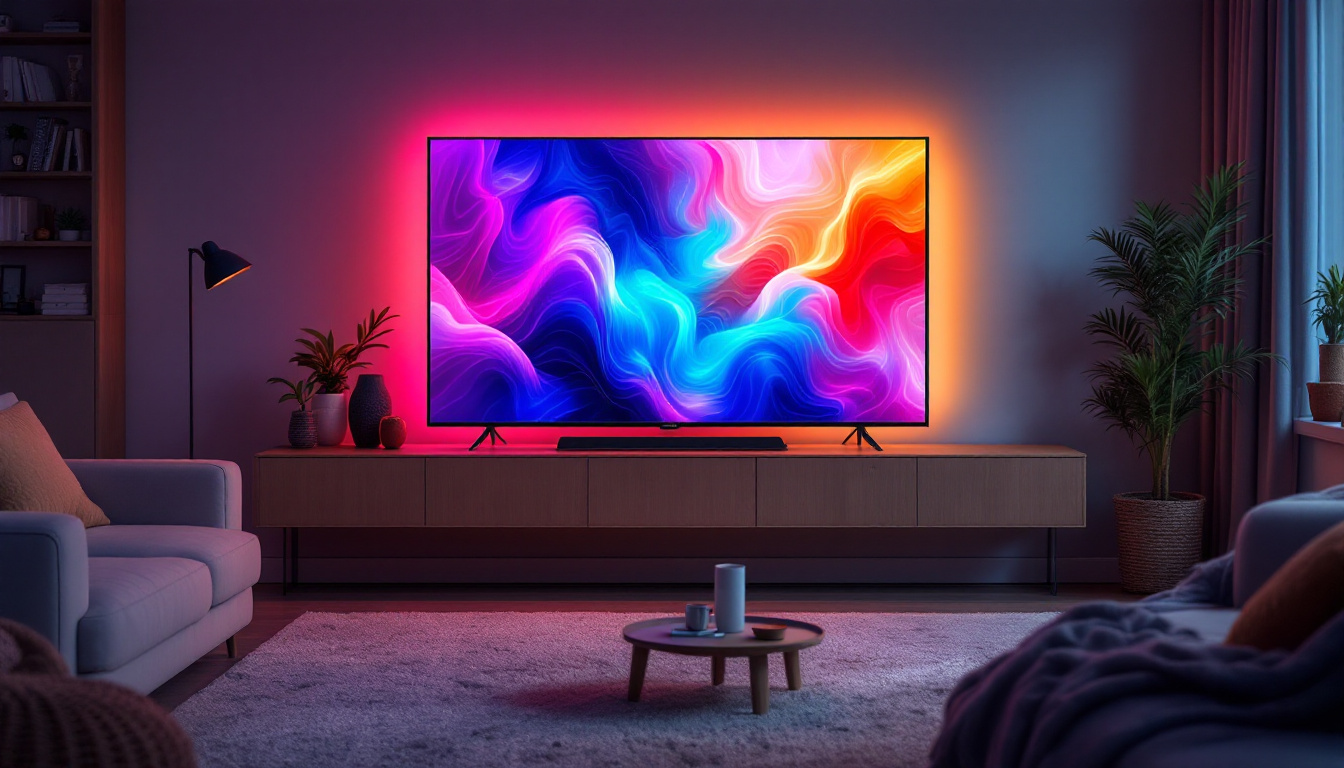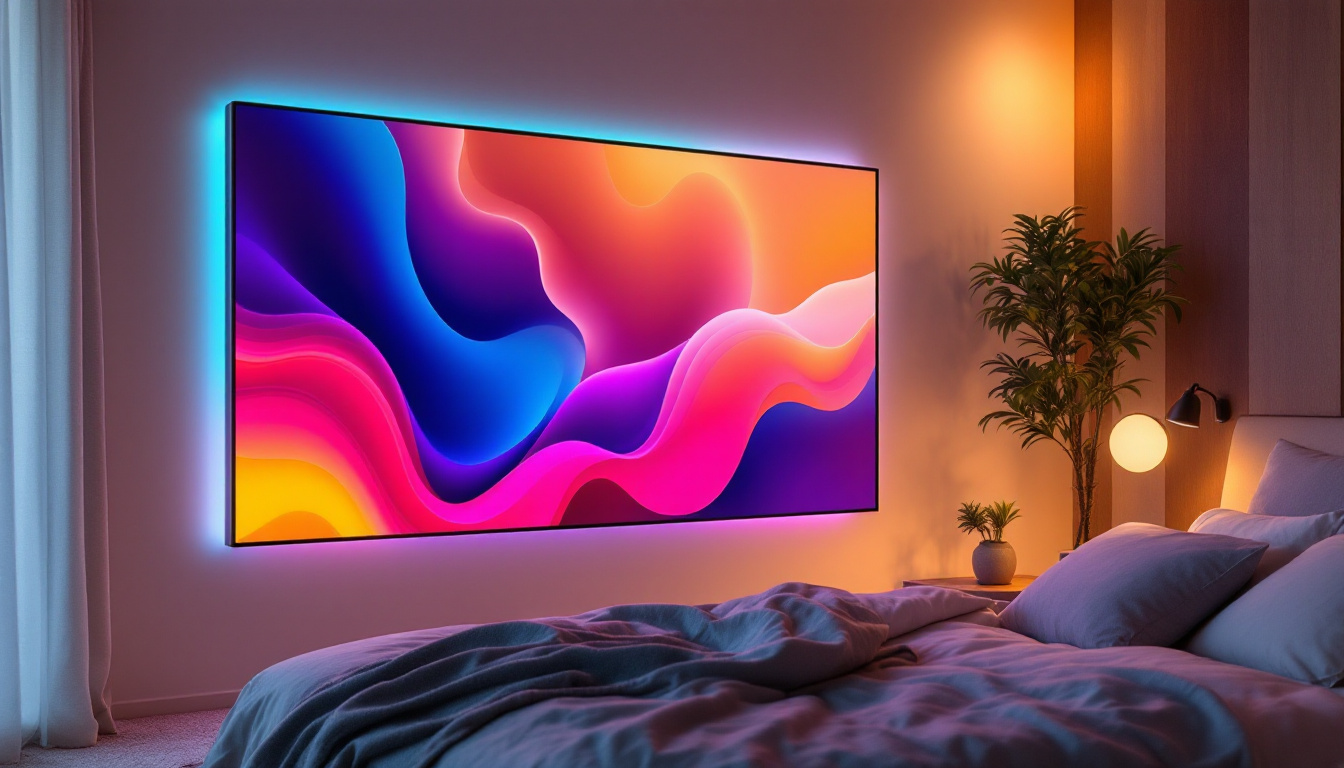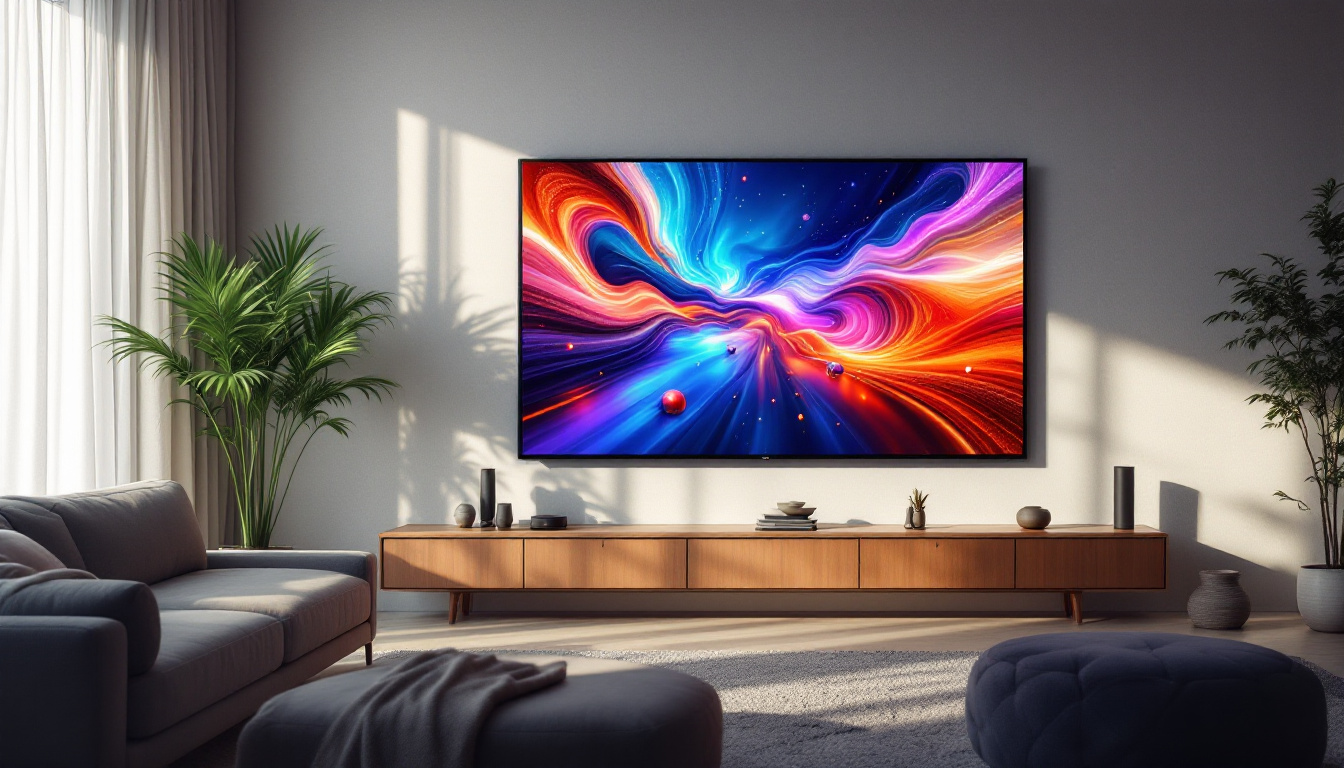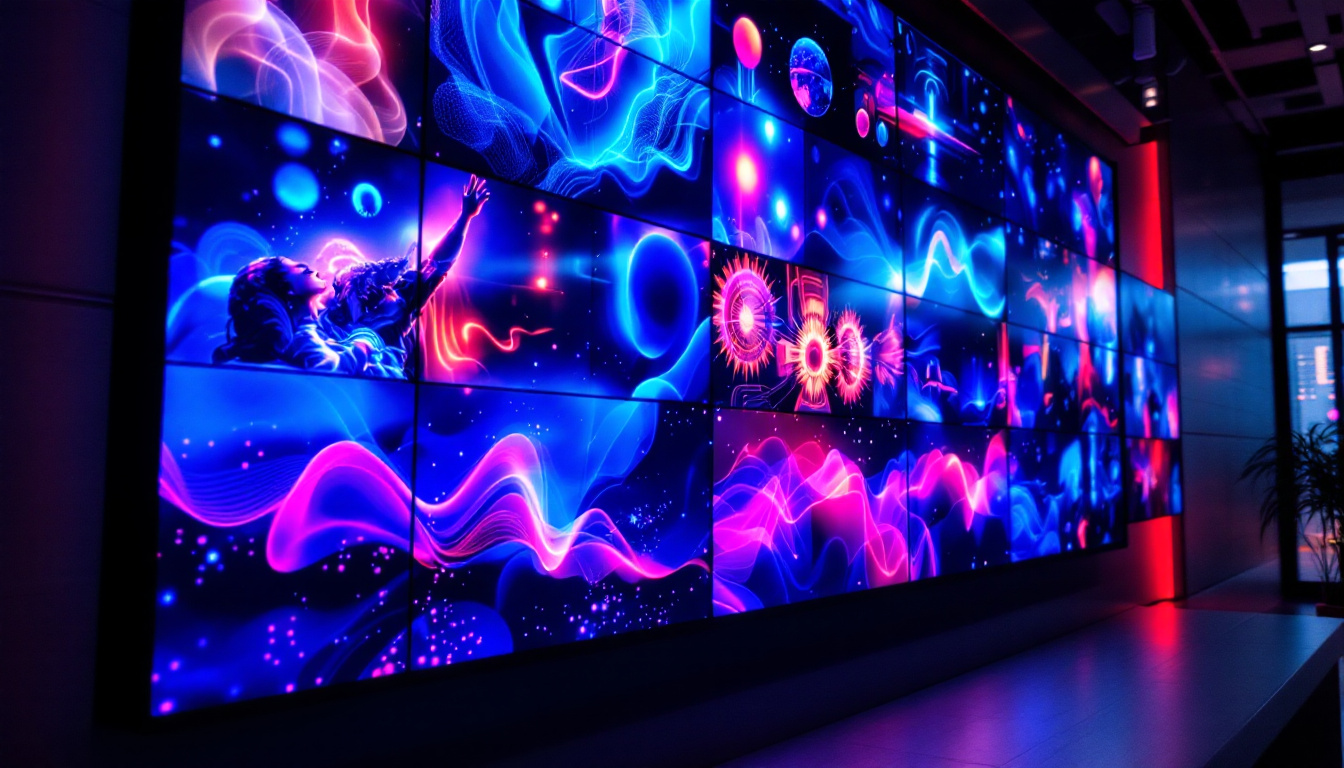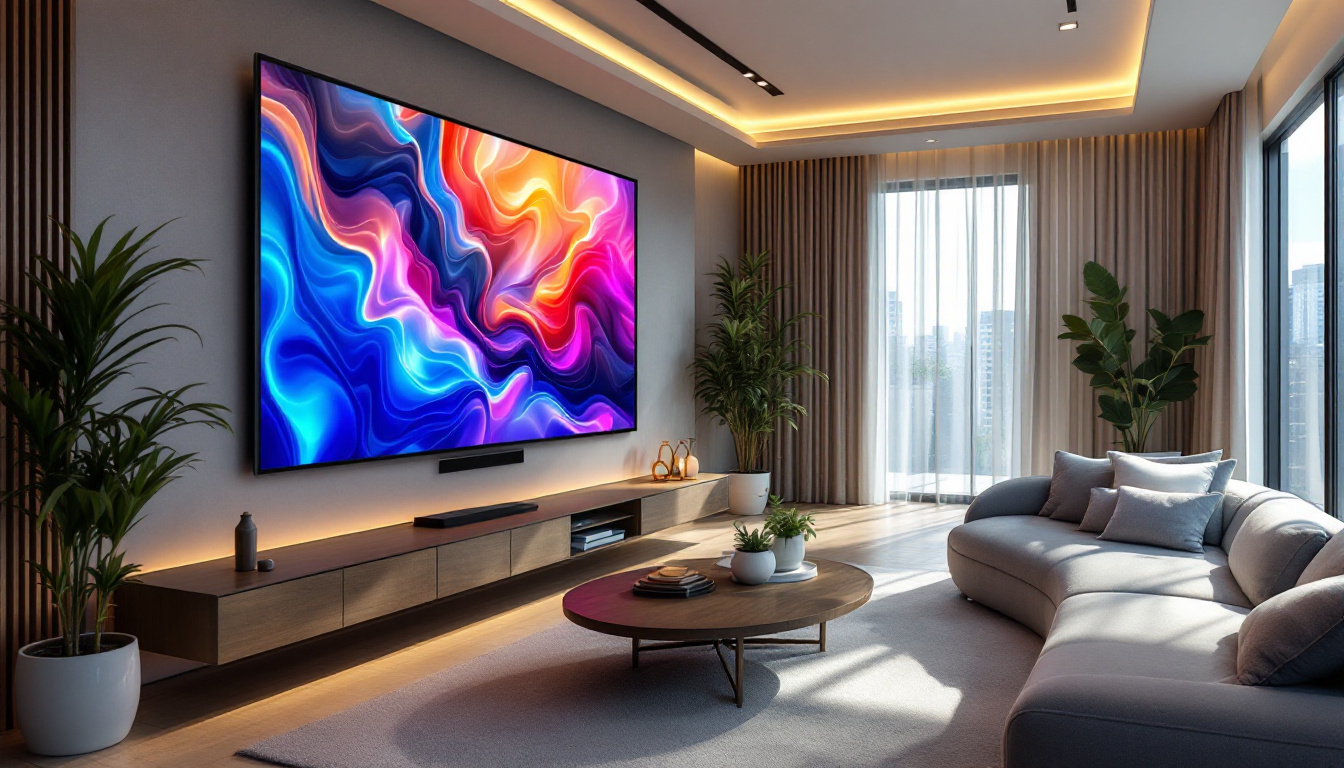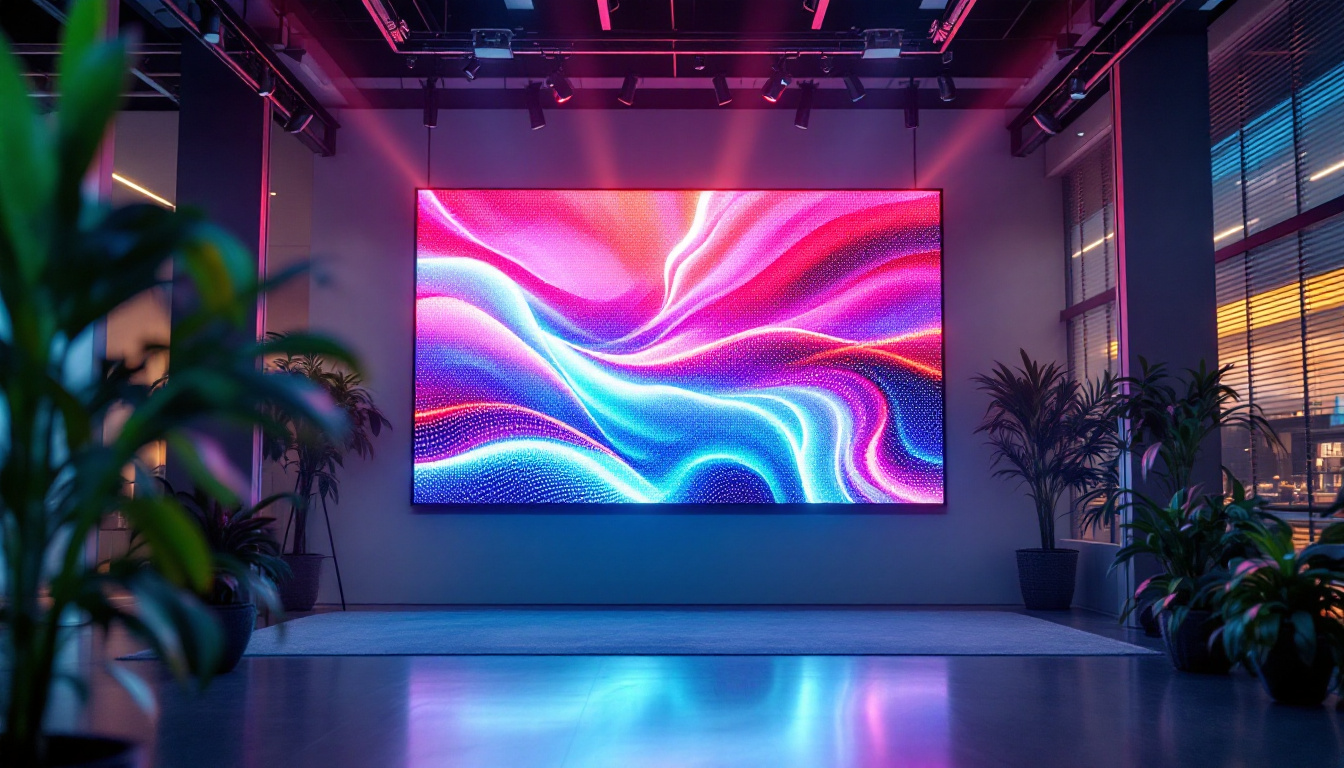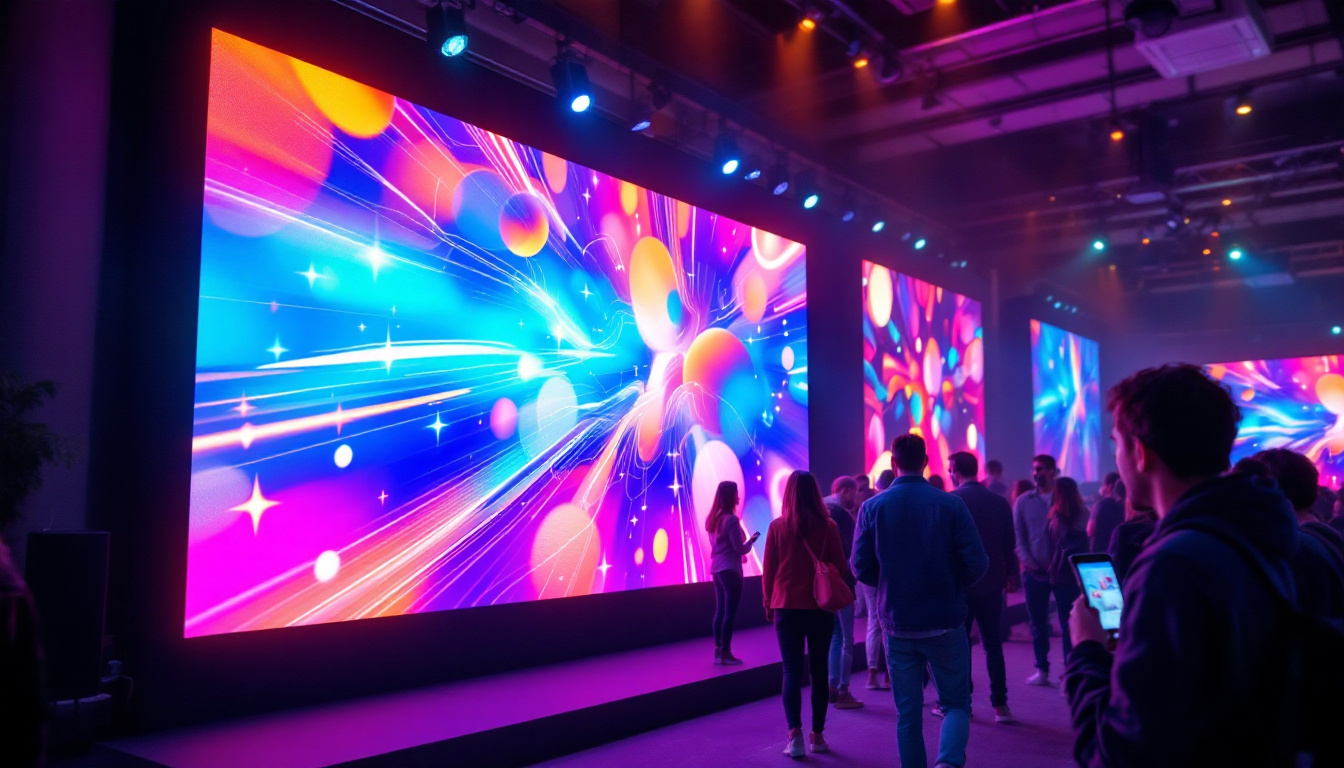What Does LED Stand For In TV: LED Display Explained
In the world of television technology, the term LED has become ubiquitous. Whether shopping for a new TV or discussing the latest advancements in display technology, understanding what LED stands for and how it works is crucial for consumers. This article aims to demystify LED displays, exploring their functionality, advantages, and the different types available on the market.
Understanding LED Technology
LED stands for Light Emitting Diode, a semiconductor device that emits light when an electric current passes through it. This technology has revolutionized the way we view images on screens, particularly in televisions. Unlike traditional LCD (Liquid Crystal Display) screens that require a backlight, LED TVs utilize LED technology to produce brighter and more vibrant images.
The Basics of LED
At its core, an LED is a small electronic device that emits light. When electrons move through the semiconductor material in the diode, they release energy in the form of photons, which we perceive as light. This process is highly efficient, making LEDs a popular choice for various applications, including TVs, computer monitors, and even general lighting.
LEDs come in different colors, but the most common types used in televisions are red, green, and blue (RGB). By combining these colors in various intensities, a full spectrum of colors can be produced, allowing for a rich viewing experience. The ability to manipulate these colors is crucial for achieving accurate color representation and enhancing the overall visual quality of the display. Moreover, advancements in LED technology have led to the development of white LEDs, which are often used in lighting applications, providing a more natural light that closely resembles daylight.
How LED Displays Work
LED displays can be categorized into two main types: LED-backlit LCDs and OLED (Organic Light Emitting Diode) displays. While both utilize LED technology, their operational mechanisms differ significantly.
In LED-backlit LCDs, the screen itself is made of liquid crystals that do not emit light on their own. Instead, LEDs are used as a backlight behind the liquid crystal layer. This setup allows for better brightness and contrast compared to traditional LCDs, which rely on fluorescent backlighting. On the other hand, OLED displays consist of organic compounds that emit light when an electric current is applied. This allows for deeper blacks and more vibrant colors, as each pixel can be turned on or off independently. The result is a display that can achieve stunning contrast ratios and a wider color gamut, making it particularly appealing for high-definition content and gaming.
Furthermore, the flexibility of OLED technology has opened doors to innovative designs, such as curved and ultra-thin screens, which were previously unimaginable with traditional display technologies. This adaptability not only enhances the aesthetic appeal of modern televisions but also improves the viewing experience by allowing for wider viewing angles and reduced glare. As the technology continues to evolve, we can expect even more exciting developments in LED displays, pushing the boundaries of what is possible in visual entertainment.
Advantages of LED Displays
LED displays offer numerous advantages over traditional display technologies. Understanding these benefits can help consumers make informed decisions when purchasing a new television.
Energy Efficiency
One of the most significant advantages of LED technology is its energy efficiency. LED TVs consume less power compared to their LCD and plasma counterparts. This efficiency not only results in lower electricity bills but also contributes to a reduced carbon footprint, making LED TVs an environmentally friendly choice. With the increasing focus on sustainability, many manufacturers are now promoting their LED models as eco-friendly options, often incorporating recyclable materials in their construction and packaging. As energy costs continue to rise, the long-term savings associated with LED technology become even more appealing to budget-conscious consumers.
Brightness and Color Accuracy
LED displays are known for their exceptional brightness levels, which enhance the viewing experience in various lighting conditions. Whether in a dimly lit room or a bright living space, LED TVs can deliver sharp and vivid images. Additionally, the color accuracy of LED displays is impressive, allowing for a more lifelike representation of images. This superior color performance is often enhanced by advanced technologies such as HDR (High Dynamic Range), which expands the range of colors and contrasts that a display can reproduce. As a result, viewers can enjoy a more immersive experience, whether they’re watching movies, playing video games, or streaming their favorite shows.
Longevity and Durability
LED technology is renowned for its longevity. LED TVs typically have a lifespan of over 50,000 hours, far exceeding that of traditional display technologies. This durability means that consumers can enjoy their investment for many years without the need for frequent replacements. Moreover, LED displays are less prone to screen burn-in, a common issue with older plasma TVs. The robust construction of LED screens also makes them more resistant to physical damage, which is particularly advantageous in households with children or pets. Additionally, many LED TVs come equipped with features like smart technology, allowing for software updates that can enhance performance and extend the life of the device even further, ensuring that users can keep up with the latest advancements in viewing technology without needing to purchase a new set.
Types of LED Displays
While LED technology has generally become synonymous with modern televisions, there are various types of LED displays that cater to different preferences and needs. Understanding these types can help consumers choose the right television for their viewing habits.
Edge-Lit LED
Edge-lit LED TVs feature LEDs positioned along the edges of the screen. This design allows for a thinner profile, making it an attractive option for those looking for a sleek television. However, edge-lit displays may have limitations in terms of uniform brightness and contrast, particularly in larger screens. The light from the edges must be diffused across the screen, which can sometimes result in uneven lighting.
Full-Array LED
Full-array LED TVs have a grid of LEDs placed directly behind the screen, providing more precise control over brightness and contrast. This technology allows for local dimming, where specific areas of the screen can be dimmed or brightened independently. As a result, full-array LED displays tend to offer superior picture quality, especially in dark scenes where contrast is crucial.
OLED Displays
As mentioned earlier, OLED displays utilize organic compounds that emit light. This technology allows for each pixel to be individually controlled, resulting in true blacks and exceptional color accuracy. While OLED TVs tend to be more expensive than traditional LED-backlit LCDs, they offer an unparalleled viewing experience, making them a favorite among cinephiles and gaming enthusiasts.
Comparing LED with Other Display Technologies
To fully appreciate the advantages of LED displays, it is essential to compare them with other display technologies, such as LCD and plasma. Each technology has its strengths and weaknesses, and understanding these can help consumers make informed choices.
LED vs. LCD
While LED is a type of LCD technology, the distinction lies in the backlighting method. Traditional LCDs use fluorescent backlighting, which can result in lower brightness and less vibrant colors compared to LED-backlit LCDs. Furthermore, LED technology offers better energy efficiency and longer lifespan, making it the preferred choice for most consumers today.
LED vs. Plasma
Plasma TVs were once the go-to option for high-quality displays, particularly for larger screens. However, they have largely fallen out of favor due to several drawbacks. Plasma displays tend to consume more power, are heavier, and are more prone to screen burn-in. In contrast, LED displays offer better energy efficiency, lighter weight, and superior longevity, making them a more practical choice for modern consumers.
Choosing the Right LED TV
With a plethora of LED TV options available, selecting the right one can be overwhelming. Several factors should be considered to ensure the best viewing experience.
Screen Size
The size of the TV is one of the most critical factors to consider. The ideal screen size depends on the viewing distance and the layout of the room. A larger screen can enhance the viewing experience, but it should not overwhelm the space. Generally, a good rule of thumb is to sit at a distance of about 1.5 to 2.5 times the diagonal size of the screen.
Resolution
Resolution refers to the number of pixels that make up the display. Higher resolutions, such as 4K and 8K, provide more detail and clarity. While 1080p (Full HD) is still common, 4K TVs have become increasingly popular due to their superior picture quality. For those who enjoy streaming content or gaming, investing in a higher resolution TV can significantly enhance the experience.
Smart Features
Many modern LED TVs come equipped with smart features, allowing users to access streaming services, browse the internet, and connect to other devices. When choosing a TV, consider the operating system and the availability of apps. A user-friendly interface can greatly enhance the overall experience, making it easier to enjoy favorite shows and movies.
Conclusion
LED technology has transformed the television landscape, offering brighter, more vibrant displays that enhance the viewing experience. Understanding what LED stands for and how it works is essential for consumers looking to invest in a new TV. With various types of LED displays available, each with its advantages and features, making an informed choice can lead to years of enjoyment.
As technology continues to evolve, LED displays are likely to remain at the forefront of television innovation. By staying informed about the latest advancements and understanding the differences between display types, consumers can ensure they select the best option for their needs.
In summary, LED stands for Light Emitting Diode, a technology that has redefined how we experience visual media. Whether opting for an LED-backlit LCD or an OLED display, the benefits of LED technology are clear, making it a smart choice for any home entertainment setup.
Discover the Future of Visual Experience with LumenMatrix
Ready to elevate your viewing experience with the latest in LED display technology? Look no further than LumenMatrix, a pioneer in crafting immersive and dynamic visual solutions. From the comfort of your home to the excitement of outdoor events, LumenMatrix offers a diverse range of LED display modules, including Indoor and Outdoor LED Wall Displays, Vehicle LED Displays, and much more. Embrace the future of visual communication and transform how you share your message. Check out LumenMatrix LED Display Solutions today and witness how innovation meets clarity and engagement.

